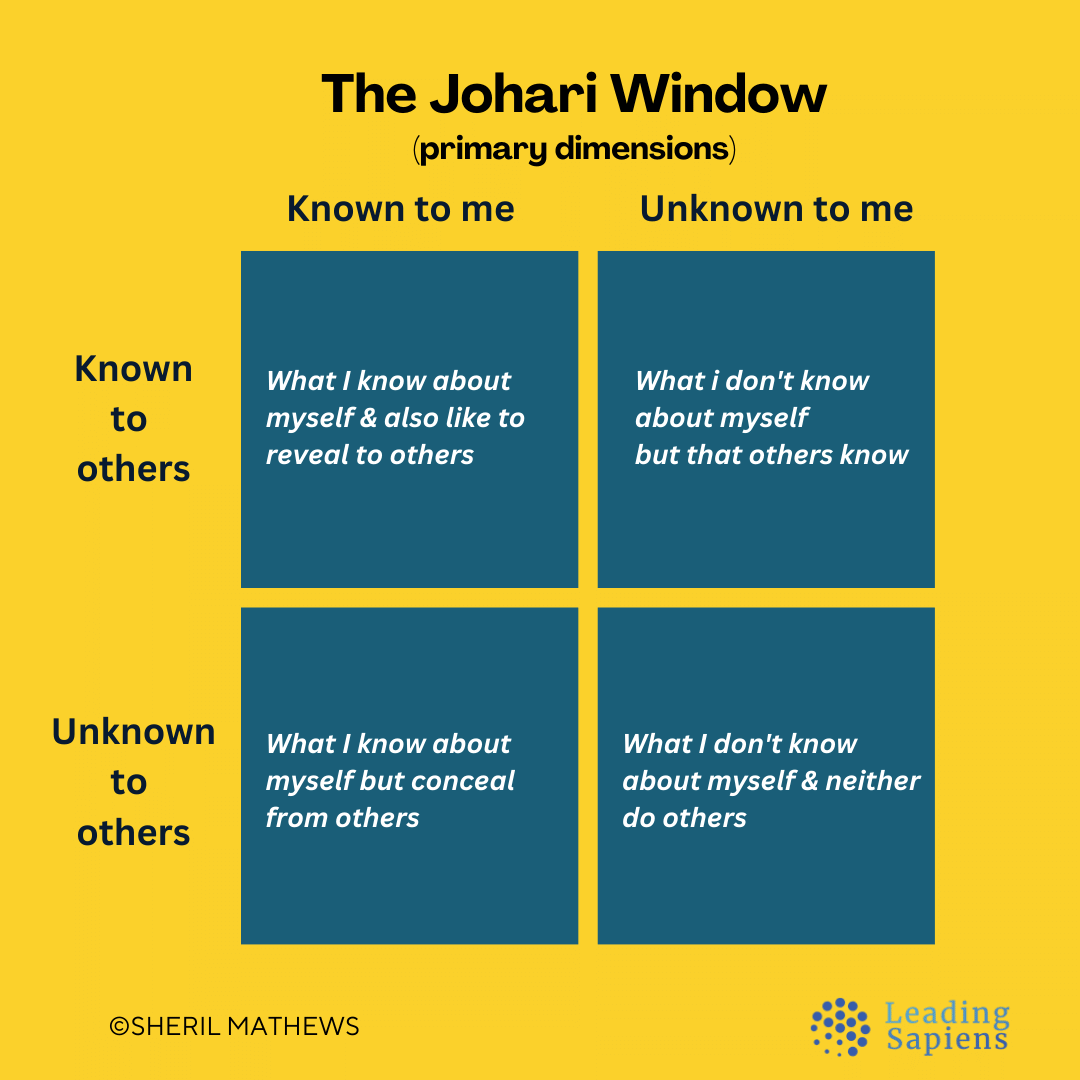💡 Feature/Product fit, how to ship fast, and a great communication framework for leaders
Hi friends,
This is probably the last time you'll hear from me this year. On Wednesday we are flying to South Africa for our first family trip back "home" since we moved to Portland almost 10 years ago. My niece is getting married and we're replacing the Oregon cold for my first summer Christmas in many many years. My travel anxiety is also completely through the roof, so that's fun.
Anyway! We almost made it through 2023. At this point I guess the only thing left to say is, of course... "It's been a long December and there's reason to believe that maybe this year will be better than the last..."
See you in 2024!
-Rian
Generative image AI as reading companion
A friend recently mentioned that he is feeding DALL•E prose from the fantasy novels he is reading, and asking it to create images of the scenes. This sounded like an excellent idea to me and since I am currently re-reading Lord of the Rings (this beautiful edition), I’ve been doing the same. It has genuinely enhanced my enjoyment of the book to create “text-accurate” images of the characters and scenes as I read.
Here are a few of my favorites (yes, I’m still in Fellowship)…
Tom Bombadil exactly as he appears the first time in the book:

Aragorn the first time he is fully described:

Frodo when he encounters the Ringwraiths on Weathertop. I forgot about the red sword (since the movies gave their swords a blue glow):

In case anyone is interested, here is the prompt I’m using:
Please generate images of the description below. Create one image in each of the following styles:
Surrealistic Photorealism: Combining hyper-realistic details with surreal elements to create a dreamlike yet sharply detailed image.
Gothic or Dark Romanticism: Emphasizing darker, more mysterious elements of the description, with a focus on emotion, nature, and the macabre.
Magical Realism: Blending realistic and fantastical elements in a way that treats the extraordinary as everyday, enhancing the mystical aspects of the description.
I then choose the style that seems most appropriate, and sometimes add/remove some details. It’s a fun experiment, you should try it!
Feature/Product Fit
I like this framing by Casey Winters on how to evaluate Feature/Product Fit when you release something new:
Feature/Product Fit has a third requirement that is a bit different: the feature has to improve retention, engagement, and/or monetization for the core product. This last part can be a bit confusing for product teams to understand. Not only do the products they are building need to be used regularly and attract their own usage to be successful, they also need to make the whole of the product experience better.
Any new feature is part of the larger product system, and our success metrics should take that into account.
The Johari Window: A Guide for Leaders
The Johari Window: A Guide for Leaders by Sheril Mathews is a very helpful post for leaders about a model I wasn’t familiar with:
The Johari Window is a 2×2 matrix that captures how we communicate based on self-knowledge and how others see us. It’s a disclosure-feedback model of awareness based on principles of feedback and learning. It can be used for increasing levels of openness, self-awareness, and self-understanding. This makes the Johari Window a particularly relevant tool for leaders and managers.
Sheril goes on to explain the model in detail, and how to increase the size of the top left corner of the matrix, called “The Arena”:
This is the public space. It’s the part of ourselves—behaviors and feelings—that we’re aware of, and so are others. All information is known to all parties. We move freely within this space and it fosters open communication.

Why meeting overload happens, and what to do about it
Anne Helen Petersen brings some much-needed clarity to the meeting overload debate in The Root of Over-Meeting Culture. It’s worth reading this one in full because she takes her time to lay out the argument logically, but a few of things especially stood out to me.
When their team was fully in the office, managing probably felt straightforward. Most people managed by, well, looking and walking around. That was the heart of it. Now, figuring out what your team is doing, and how they feel about doing it, it’s a lot more work. So managers not only feel like they’re doing more work — and less productive themselves, as workers — but they also feel like they’re doing a worse job, and have less insight into what their reports are doing.
This is a good point that I don’t see talked about much. One of the reasons that RTO policies have become so prevalent is the lack of visibility that managers feel about the work their teams are doing. There are way better solutions to this problem than forcing a return to the office (regular async updates, clear priorities, etc.), but that seems to be the default approach to deal with what is essentially a communication problem, not a presence problem.
More talk about prioritization = more manager confidence (that their reports are doing the things that matter most) and more employee confidence (that they’re doing what they should be doing). It’s difficult to understate just how powerful this sort of clarity can be.
Related to the previous quote, +1 to this! No one on the team should be wondering if they’re working on the right things, and what they should be doing next. This is, in my opinion, the most important job of the 1:1 meeting, and why that meeting has to be (at least) weekly.
I have all the reservations about AI that other smart people do, but one of its real potentials is summarizing meetings in a way that makes people feel like they understood what happened and whether or not their input is needed after the fact without having to attend the actual meeting.
Another big +1 to this. Gong does this incredibly well by summarizing sales calls, pulling out action items, providing searchable transcripts and call insights, and more.
There are some pretty wild stats in the post about how meeting time has increased 252% since 2020. Some of that is necessary because of the shift to remote work, but not all of it. We somehow still view meetings as the default solution to figuring out what’s going on in an organization. I wrote Good / Bad Remote Worker before the pandemic, but I think this principle is more important than ever:
A good remote worker always thinks about collaboration through the lens of asynchronous communication. Remote work naturally creates great environments for deep, focused work, so it makes sense to optimize for asynchronous communication. This lets everyone get involved when it works best for them — and when they are ready to give something their full attention.
A bad remote worker tries to recreate an open office environment through too many meetings and other forms of synchronous communication. Meetings aren’t inherently bad. But unnecessary meetings and synchronous feedback sessions undermine one of the most significant benefits of remote work and should be used sparingly.
The Power Shift: Mastering Reverse Interviews and Interim Roles
This is a great hiring post on “reverse interviews”—or how to make interviews less one-sided and make sure you get the information you need to make a decision about a company. I like this question in particular:
Ask your direct manager for examples of promotions and attritions they have managed. Request stories about individuals they’ve managed in the past who have gone on to achieve significant success. Ask about the frequency of their meetings with direct reports, their perspective on their role in your work, their preferred communication styles, and their approach to staying informed. Also, clarify who makes which types of decisions.
How sparkles became the unofficial AI emoji
I’ve definitely seen this too! How sparkles became the unofficial AI emoji:
In the relatively short history of emoji, sparkles have been used to express excitement and magic, said Jane Solomon, the senior emoji lexicographer at the emoji reference site Emojipedia. Branding new AI products with the emoji suggests that these tools are exciting and magical, which might encourage more people to test out the technology. “It can seem like magic if you don’t understand how it works,” Solomon said.
How To Ship Fast
This is a highly opinionated piece (nothing wrong with that!) and I think there’s some nuance needed, but in general I like these principles from How To Ship Fast. This one is definitely a hot take, but in a dream world where everything is perfect I would agree:
Time spent on prioritization is the canary in the coal mine for not being close enough to your customers. The discrete task of prioritization should take almost no time. Only work on Important things. Sort those Important things into “Do now” and “Do next”. If you are only working on Important things, the order does not matter too much (and don’t spend time debating it). If what’s Important is not obvious you are not close enough to your customers.